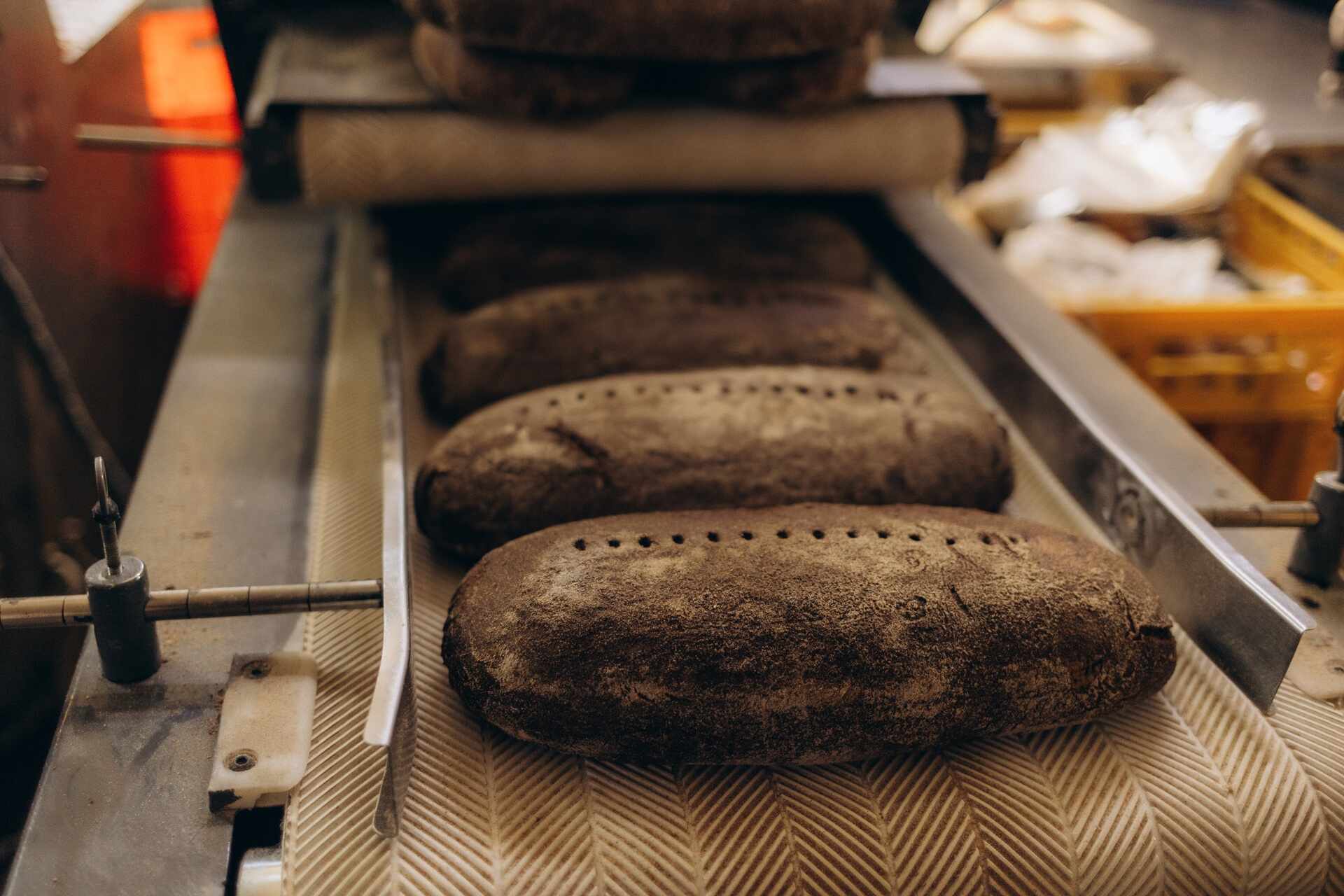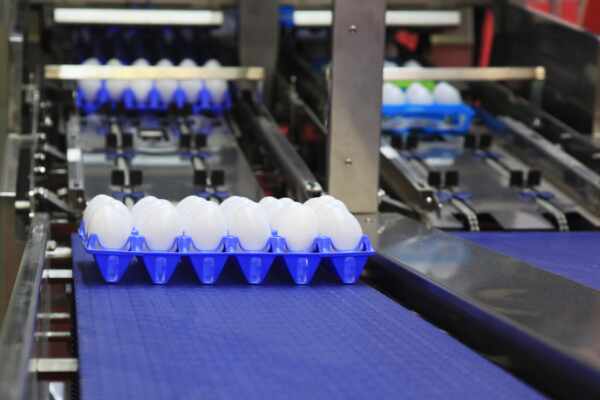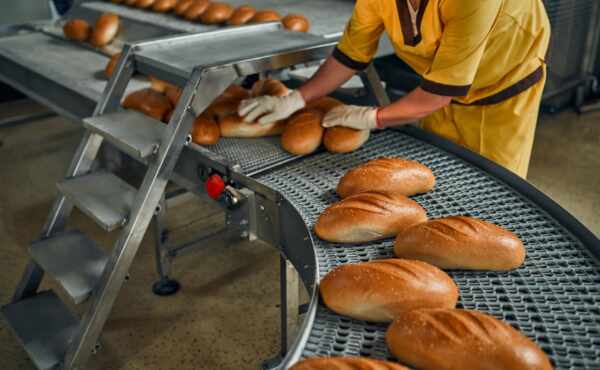The food manufacturing industry is one of the most demanding and highly regulated sectors when it comes to safety, hygiene, and efficiency standards. Conveyor belts play a crucial role in the food processing industry, helping to streamline operations, reduce labour costs, and increase overall productivity. However, not all conveyor belts are suitable for use in food manufacturing. It is essential to select conveyor belts that meet the strict standards set by regulatory bodies while ensuring safe and hygienic handling of food products.
Join us as we delve into the world of conveyor belts in food manufacturing, uncovering the key factors that make certain belts more suitable for food processing and sharing expert insights to help you select the right conveyor belt solution to meet the needs of your business in 2024 and beyond. With our wealth of knowledge and experience in the industry, we can guide you through the complex landscape of food processing conveyor belts, helping you to meet the stringent standards and requirements that define modern food manufacturing operations.
1. Understanding the Unique Requirements of Conveyor Belts in Food Manufacturing
Food manufacturing operations need conveyor belts that are specifically designed to meet an array of requirements, ensuring safety, hygiene, and efficiency. Key factors influencing the suitability of conveyor belts for food processing applications include the following:
- Compliance with food safety standards: Conveyor belts must adhere to stringent safety guidelines set by regulatory bodies such as the FDA and EFSA.
- Resistance to bacterial growth and stains: Conveyor belts should be made from materials that are resistant to microbial growth, stains, and odours to maintain hygiene.
- Durability in harsh environments: Food processing conveyor belts should offer exceptional durability, particularly when exposed to high temperatures, moisture or corrosive substances.
2. Selecting the Right Conveyor Belt Material for Food Manufacturing
Choosing the appropriate conveyor belt material is crucial for maintaining hygiene and meeting food safety regulations. Some of the most commonly used materials for food processing conveyor belts include the following:
- Thermoplastic polyurethane (TPU): TPU belts are highly resistant to oils, fats, and cleaning agents, making them ideal for food manufacturing. These belts are also FDA and EU-approved for direct food contact.
- Polyvinyl chloride (PVC): PVC conveyor belts are well suited for food processing due to their resistance to bacteria growth and ease of cleaning. However, they are less resistant to oils and fats than TPU belts, making them more suitable for dry food applications.
- Silicone: Silicone belts are ideal for high-temperature food processing applications, such as baking or heat-sealing, offering resistance to high temperatures, steam, and oils.
- Stainless steel: Stainless steel belts are easy to clean, durable, and corrosion-resistant, making them suitable for demanding food processing environments.
3. Ensuring Compliance with Food Safety Standards and Regulations
Compliance with food safety standards and regulations is a critical component in the selection and maintenance of food processing conveyor belts. To ensure your conveyor belts meet the necessary criteria, consider the following best practices:
- Verify regulatory compliance: Prior to purchasing a conveyor belt for food manufacturing, confirm that it has been approved for food contact by the relevant regulatory bodies, such as the FDA or EFSA.
- Maintain thorough cleaning and sanitation practices: Regularly clean and sanitise your conveyor belts to maintain their hygiene and ensure continued compliance with food safety standards.
- Conduct routine inspections: Perform regular inspections of your conveyor belts to check for signs of wear, contamination, or damage and make necessary repairs or replacements to preserve their performance and safety.
4. Factors to Consider When Selecting a Conveyor Belt for Food Manufacturing
When selecting a conveyor belt for your food manufacturing operation, consider the following factors to ensure the best possible solution:
- Type of food contact: Determine whether your conveyor belt will come into direct or indirect contact with food products, as this will influence the required safety and hygiene characteristics.
- Operating conditions: Consider the harsh operating conditions your conveyor belt may be subjected to, such as high or low temperatures, moisture levels, or exposure to corrosive substances.
- Ease of cleaning and sanitation: Choose a conveyor belt that is easy to clean and maintains its hygiene over time to reduce downtime and ensure regulatory compliance.
- Industry-specific requirements: Different food manufacturing sectors may have unique demands relating to conveyor belt materials and designs, so research the specific requirements for your industry and choose accordingly.
Conclusion
Selecting the appropriate conveyor belt for your food manufacturing operation is crucial for ensuring safety, hygiene, and efficiency throughout the production process. By understanding the unique requirements of conveyor belts in the food processing industry and following the best practices outlined in this article, you can make informed decisions that will benefit your business in the long run.
As conveyor belt experts with a deep understanding of food manufacturing, Change Parts Pty Ltd can help you navigate the complex world of conveyor belts and find the ideal solution for your specific needs. Contact us today to discuss your conveyor belt requirements and discover how our range of products and services can enhance the safety, hygiene, and efficiency of your food processing operations.




